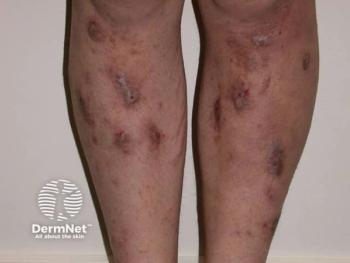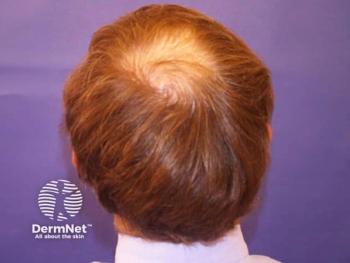
Documentation and extenders top daily coding challenges
Common concerns in daily practice include using Medicare's "incident-to" billing properly and documenting services – particularly why a particular procedure was performed – thoroughly.
Among day-to-day practice management challenges, Medicare and other payers' requirements demand that dermatologists pay increased attention to documentation and use of extenders.
Mark S. Nestor, M.D., Ph.D.Regarding extenders, Mark S. Nestor, M.D., Ph.D., told colleagues during the American Society for Dermatologic Surgery annual meeting (Chicago, 2015), "Medicare has made a clarification that in order to do incident-to billing (billing medical assistants' services under the physician's number), the dermatologist must initiate care, see the patient physically and be active in the patient's care on an ongoing basis.1 Many dermatologists are not properly complying and should instead bill under the extender's Medicare ID at a 20% fee reduction." He is voluntary associate professor, department of dermatology and cutaneous surgery, University of Miami Miller School of Medicine.
READ:
To optimize patient care and satisfy Medicare's requirements, Dr. Nestor's practice uses a care team approach.
"My physician assistants (PAs) can perform many procedures and follow-ups, but I initially see all new patients and new problems. I'll perform the skin exams, and the extender will come in behind me and assist, document everything, perform biopsies in areas I've circled and do many laser and other procedures."
In some practices, he says, PAs and nurse practitioners see patients on their own, and the supervising doctor sees each patient occasionally.
"To me, that's not the most efficient, or the best for patient care,” he says. “To make a diagnosis or treatment plan, the dermatologist still does the best job by far."
ALSO READ:
Furthermore, "We've looked internally at how much money a practice can make using PAs in the care team approach versus having their own schedules. Because of the time it takes PAs to see patients and figure out what's going on, having their own schedules is less profitable because they don't have the experience and knowledge that dermatologists do," he says.
Meanwhile, Dr. Nestor says, ongoing audits by Medicare and other organizations have brought documentation issues to the forefront. With diagnostic procedures, key elements requiring documentation include how, why and where the procedure was performed. With surgeries, he adds, the "why" assumes increased importance.
"When you're getting audited, that's what they want to know: Why do you have to do Mohs surgery on that area of the face, for example, versus a very simple procedure? The answer might be, 'I'm performing Mohs because it's an infiltrative tumor, or perhaps it's in the mask area.' Why do I need to do a flap? 'If I don't, the patient will develop an ectropion. Or the wound won't heal properly, causing disfigurement.' You must justify why you're doing more than simply scraping off a skin cancer."
Conversely, Dr. Nestor says, many surgeries dermatologists perform - such as removing lentigines, seborrheic keratoses or skin tags - are not medically necessary and are done for cosmetic reasons.
In such cases, "It's very important that we document that the procedure is cosmetic, and that the patient signs a waiver acknowledging that it's a non-covered service," and that payments for cosmetic procedures are nonrefundable. The waiver also states that the patient need not treat the condition for medical purposes, he notes.
RECOMMENDED:
As with any procedure, "It's also critical that patients sign all consent forms that include all the risks and benefits, as well as the issue of Health Insurance Portability and Accountability Act (HIPAA) compliance. Part of HIPAA compliance is that patients are authorizing that we'll take pictures, which can be used for a variety of purposes, and they're giving permission for that as part of the consent," he says.
Disclosures: Dr. Nestor is a partner in SCA Dermatology, a 52-dermatologist group practice that is managed by Advanced Dermatology Management Inc. He also owns Strathspey Crown, L.L.C., stock.
Newsletter
Like what you’re reading? Subscribe to Dermatology Times for weekly updates on therapies, innovations, and real-world practice tips.


















